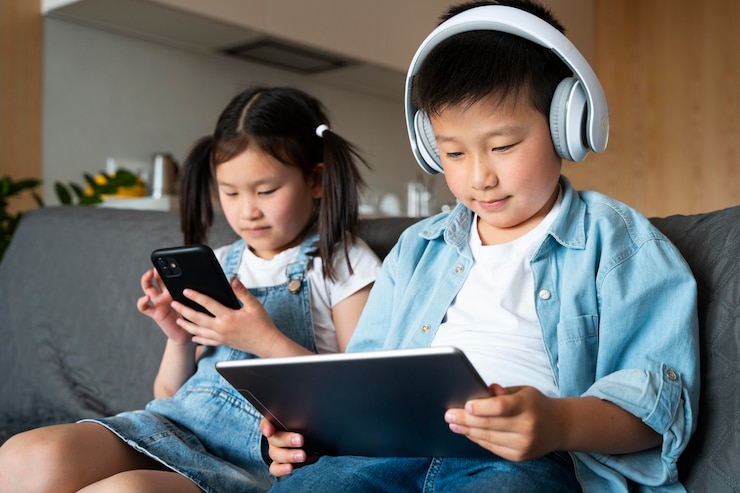
75 Science-Based Calm Down Strategies for Kids: Simple, Fun Techniques for Building Emotional Regulation Skills
Discover a range of effective strategies to help your child manage anger and anxiety, complete with a free printable guide of 75 calming techniques that you can use whenever needed.
Table of Contents
When it comes to children’s emotional growth, emotional regulation is one of the most crucial skills, often predicting future success. Given your child’s still-developing nervous system and frontal cortex, it’s understandable that they may struggle with managing their emotions—a challenge even many adults face!
As a parent, one of the best ways to nurture an emotionally intelligent child is by encouraging them to try out various calming techniques. These strategies don’t come naturally; children learn emotional regulation through teaching, repetition, and practice, equipping them to handle intense emotions in a healthy manner.
You might wonder what sets these calming strategies apart from others you’ve tried. They are scientifically proven, as they:
1) Are based on neuroscience, explaining how a child’s brain operates under stress and emotion.
2) Include activities that offer co-regulation, where a caregiver provides close and connected support to help the child regain balance.
3) Feature physical activities that provide soothing sensory input to the brain and nervous system.
Explore or save for later: Anger Management for Kids—a Child Therapist’s Top Secrets for Calm
Let’s start with a powerful tool: breathing exercises. These are some of the fastest and most effective ways to calm your child’s nervous system and reduce the body’s stress response.
Writing a letter about feelings or difficult topics can also help kids process emotions.
Essential oils are incredibly effective here! The brain’s olfactory center interacts with areas controlling emotions, making scents a powerful tool. Here are some safe options for kids that we love.
Squeeze balls, putty, and similar items offer calming proprioceptive input to the brain. Try it yourself and feel the effect!
Watching animals is an excellent way to teach mindfulness.
Inversion, or hanging upside down, quickly calms the autonomic nervous system and reduces stress.
Engage the senses with the 5-4-3-2-1 technique: name five things you see, four things you hear, three things you touch, two things you smell, and one thing you taste. This mindfulness exercise helps ground your child and calm their ’emotional center.’
Holding or watching nature—even on TV—has been shown to have a calming effect on the brain.
Gratitude exercises can soothe and de-activate the brain’s emotion center.
Lying in a prone position can help regulate your child’s nervous system.
For more on the benefits of nature play, check out our list of 40 advantages.
Engaging in a specific cognitive task helps shift your brain from the ’emotion center’ to the ‘thinking center.’
Read or save: The Best Way to Help an Angry Child
Every child is unique, and what helps one child may vary depending on their developmental stage, season, or age. Helping them learn to manage their brain and body during emotional highs is key to raising emotionally intelligent kids. This list of calming techniques is a great starting point.
Don’t forget to download your free printable list of calming strategies; it’s hard to remember all 75, especially when you’re busy!
About Angela Pruess LMFT
Hi! I’m Angela, a Licensed Children’s Mental Health Professional, Positive Parenting Coach, and mom to spirited kids who teach me valuable lessons every day. I believe every child deserves the opportunity to live their best life, with emotional health being the key to lifelong happiness and success. Learn more about me and the Parents with Confidence manifesto.



